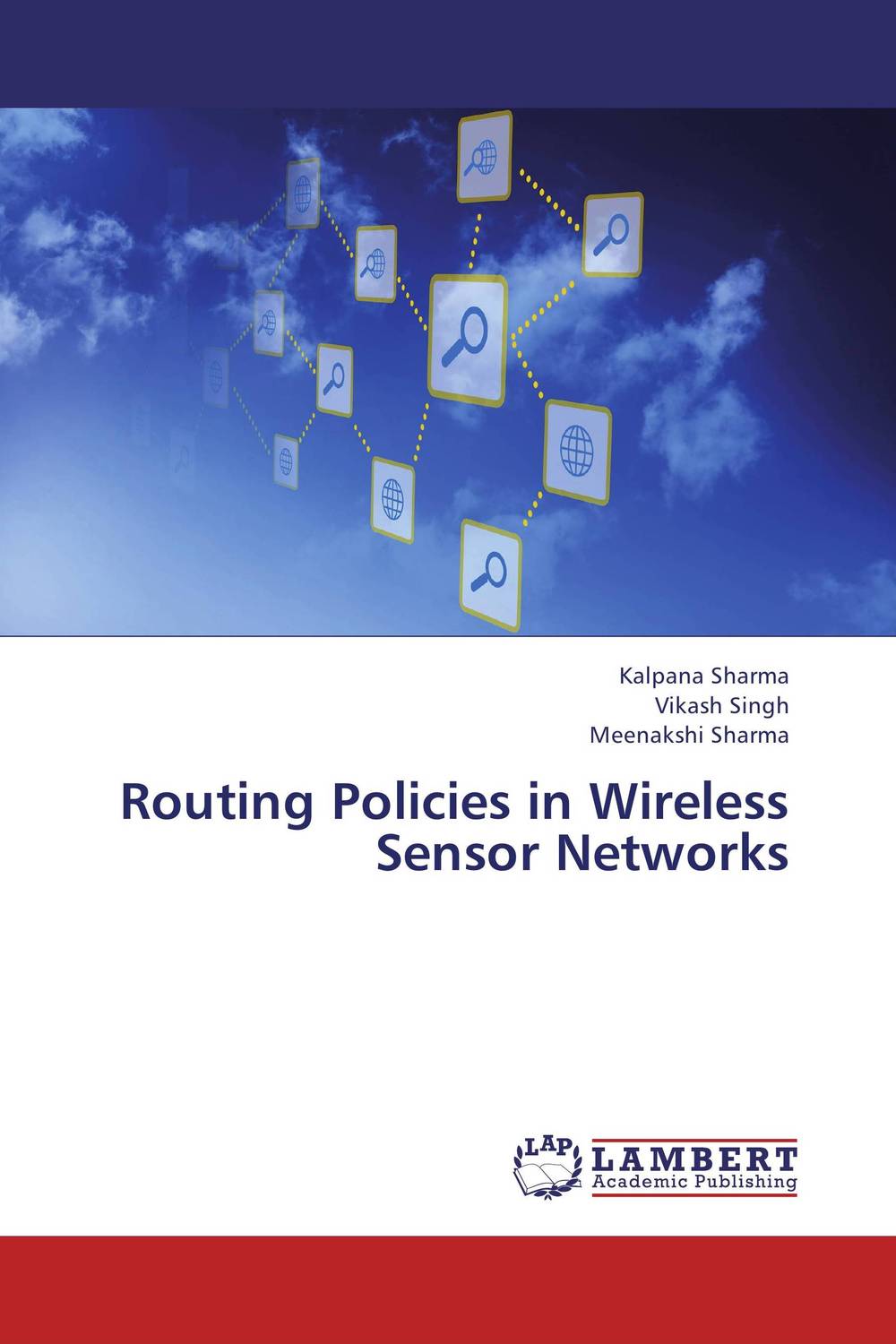Wireless Sensor Networks (WSNs) have gained a lot of importance in the past few years. It has a tremendous application in the area of habitat monitoring, forest firing, medical etc. In most WSN applications the energy source is a battery and energy plays an important role in such applications. Therefore, preserving the energy of each node is an important goal during the development of a routing protocol for WSN. There are different routing protocols for WSN operate at minimum energy dissipation increasing the network lifetime. This book contains four chapters. Chapter 1 covers the general overview of Wireless Sensor Network, their design criteria, applications and advantages/disadvantages of sensor networks. The overview and classifications of routing techniques are described in Chapter 2. Chapter 3 contains the detailed description about LEACH routing protocol. It also focuses on the working and design methodology of various modified versions of LEACH. Chapter 4 presents a case study on the EEE LEACH protocol. Different performance metrics with respect to clustering protocols and vital parameters for routing have been considered. Это и многое другое вы найдете в книге Routing Policies in Wireless Sensor Networks (Kalpana Sharma,Vikash Singh and Meenakshi Sharma)
Routing Policies in Wireless Sensor Networks Kalpana Sharma, Vikash Singh and Meenakshi Sharma (книга)
Подробная информация о книге «Routing Policies in Wireless Sensor Networks Kalpana Sharma, Vikash Singh and Meenakshi Sharma». Сайт не предоставляет возможности читать онлайн или скачать бесплатно книгу «Routing Policies in Wireless Sensor Networks Kalpana Sharma, Vikash Singh and Meenakshi Sharma»















